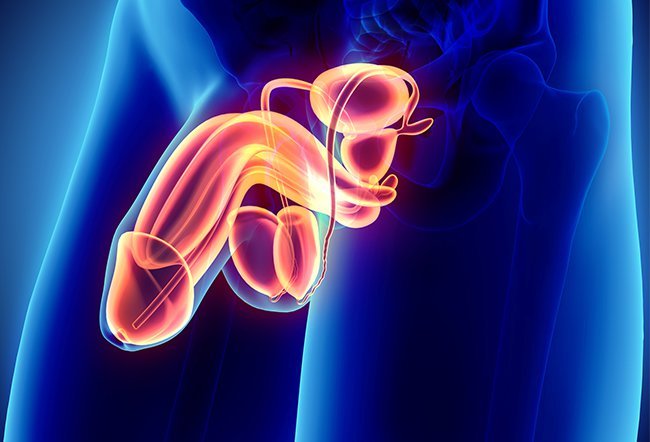
Learn about the main parts of the male reproductive system and how they function
The male reproductive system is made up of both external structures (penis, testes, scrotum, etc.) and internal structures (urethra, vas deferens, prostate gland, etc.).
Learn more about the main parts of the male reproductive system and how they function.
What are the external structures of the male reproductive system?
- Penis:
- Made up of three parts: two are called the corpus cavernosa and the other is called the corpus spongiosum.
- Contains the urethra, which provides the penis an outlet for both urine and semen.
- Parasympathetic nerve innervations induce penile erection, whereas the penile artery supplies blood to the penis.
- Glans is a sensitive, bulging ridge of tissue at the distal end of the penis.
- Prepuce, a retractable skin shell, shields the glans during birth.
- Scrotum:
- Wrinkled, skin-covered pouch that sits on top of the perineum.
- Responsible for supporting the testes and regulating the temperature of sperm.
- Tightens toward the body during cold weather and relaxes away from the body during hot weather to improve sperm production and viability.
- Testes:
- Two oval-shaped glands found in the scrotum.
- Contain lobules and Leydig’s cells, which create testosterone, and seminiferous tubules, which produce sperm
- Epididymis:
- Tightly coiled tube that transports sperm from the tubule to the vas deferens
- Measures approximately 20 feet in length
- Stores semen and some sperm (sperm takes 12-20 days to travel along the epididymis and a total of 64 days to mature)
What are the internal structures of the male reproductive system?
- Urethra:
- Connects the prostate gland to the shaft and glans penis
- Hollow tube that extends from the base of the bladder and is coated with mucous membrane
- Measures roughly 8 inches (18 to 20 cm) in length
- Vas deferens:
- Hollow tube encircled by arteries and veins and covered by a strong fibrous tissue layer
- Transports sperm from the epididymis down the inguinal canal into the abdominal cavity
- Prostate gland:
- Chestnut-sized gland located underneath the bladder
- Secretes a thin, alkaline fluid that nourishes and protects sperm
- Seminal vesicles:
- Two pouches located on the lower posterior (back) side of the bladder
- Release a viscous, alkaline liquid with high protein, sugar, and prostaglandin content, which causes sperm to become more motile
- Ejaculatory ducts:
- Connect the seminal vesicles with the urethra after passing through the prostate gland
- Empty the urethra
- Bulbourethral glands or Cowper’s glands:
- Two glands on either side of the prostate gland and seminal vesicles that drain into the urethra through short ducts
- Release alkaline fluid to counterbalance the acidic environment in the urethra

QUESTION
Testosterone is a chemical found only in men. See Answer
What hormones are involved in the male reproductive system?
- Testosterone: Released by the Leydig cells, which are interstitial cells in the testes that play a role in the formation and division of germinal cells during the early stages of spermatogenesis
- Luteinizing hormone (LH): Secreted by the pituitary gland and stimulates the Leydig cells to produce testosterone hormone
- Follicle-stimulating hormone (FSH): Released by the anterior pituitary and is involved in the activation of Sertoli cells, which permits spermatids to be converted into sperm
- Estrogen: Produced by Sertoli cells and has a function in spermatogenesis
- Growth hormone: Promotes general body growth and prevents background processes in the testes
What are the functions of the male reproductive system?
- Puberty and secondary sexual characteristics:
- Development of facial hair
- Enlarged Adam’s apple
- Deepening of the voice
- Increased stature and muscle mass
- Sexual function:
- Libido (sex drive)
- Erection
- Ejaculation
- Fertility and reproduction:
- Includes sperm count and sperm viability
- Urination:
- Voluntary and involuntary sphincter muscles control urine outflow through the penis, with the latter preventing urine from entering the urethra during ejaculation
Latest Men’s Health News
Daily Health News
Trending on MedicineNet
Medically Reviewed on 7/7/2022
References
Image Source: iStock image
The Male Reproductive System: https://teachmeanatomy.info/pelvis/the-male-reproductive-system/
Physiology, Male Reproductive System: https://www.ncbi.nlm.nih.gov/books/NBK538429/
Male Reproductive System: https://ecampusontario.pressbooks.pub/medicalterminology/chapter/male-reproductive-system/